Home>Home Appliances>Home Automation Appliances>What Happens When You Drop In On Alexa
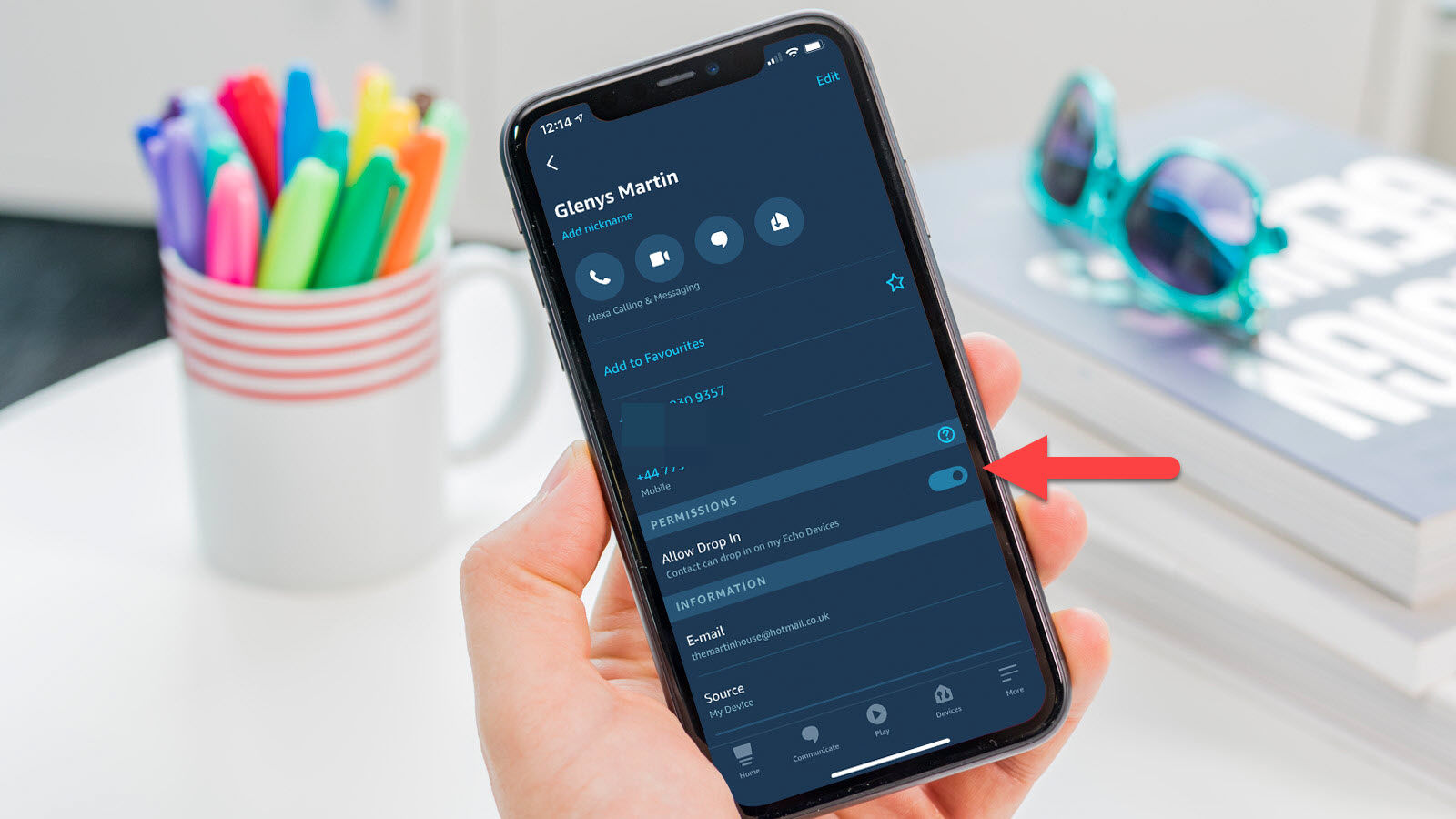

Home Automation Appliances
What Happens When You Drop In On Alexa
Modified: January 6, 2024
Discover the impact of dropping in on Alexa and the potential it holds for home automation appliances. Explore the possibilities today.
(Many of the links in this article redirect to a specific reviewed product. Your purchase of these products through affiliate links helps to generate commission for Storables.com, at no extra cost. Learn more)
Introduction
Welcome to the future, where your voice is the key to controlling your home. With the rapid advancement of technology, voice assistants have seamlessly integrated themselves into our daily lives, offering unparalleled convenience and functionality. Among the leading voice assistants, Alexa has emerged as a household favorite, revolutionizing the way we interact with our homes. In this article, we will delve into the inner workings of Alexa, exploring how it operates, its impact on daily life, and the ongoing privacy debate surrounding this innovative technology.
As we embark on this journey, it's important to recognize the profound impact voice assistants have had on modern living. They have transformed our interactions with technology, allowing us to execute tasks, gather information, and even entertain ourselves with simple voice commands. Alexa, in particular, has become a ubiquitous presence, serving as a virtual assistant that responds to our needs, whether it's adjusting the thermostat, playing our favorite tunes, or providing real-time weather updates.
In the following sections, we will unravel the mechanics of Alexa, shedding light on its functionality and the underlying debate over privacy concerns. Additionally, we will explore the transformative influence of this technology on our daily routines, from simplifying household chores to redefining the way we engage with our living spaces. So, fasten your seatbelts as we embark on a captivating journey into the world of Alexa, where the boundaries between human interaction and technology continue to blur.
Key Takeaways:
- Alexa, the popular voice assistant, has revolutionized how we control our homes and interact with technology. It can simplify tasks, provide information, and even entertain us with just our voice commands.
- While Alexa and other voice assistants offer convenience, they also raise important privacy concerns. It’s crucial for companies to prioritize user privacy and data security as these technologies continue to evolve.
The Rise of Voice Assistants
In recent years, voice assistants have experienced an unprecedented surge in popularity, fundamentally altering the way we interact with technology. This evolution has been driven by a convergence of factors, including advancements in natural language processing, the widespread adoption of smart home devices, and the increasing demand for seamless, hands-free user experiences.
One of the key catalysts behind the rise of voice assistants is the growing prevalence of smart home devices. From smart speakers to connected appliances, the Internet of Things (IoT) has paved the way for a more interconnected and automated living environment. Voice assistants serve as the central interface for controlling these devices, offering users a convenient and intuitive way to manage their smart homes.
Furthermore, the proliferation of artificial intelligence (AI) and machine learning technologies has empowered voice assistants to understand and respond to human speech with remarkable accuracy. This has transformed them from mere novelty gadgets into indispensable tools for productivity, entertainment, and information retrieval.
Moreover, the demand for hands-free interactions has fueled the widespread integration of voice assistants across various devices, including smartphones, cars, and wearables. This trend reflects a fundamental shift in user preferences, as individuals seek more natural and frictionless methods of engaging with technology.
As voice assistants continue to evolve, their impact extends beyond individual convenience, influencing broader societal trends related to accessibility, inclusivity, and the democratization of information. By enabling seamless interactions through spoken commands, these assistants have opened up new possibilities for individuals with disabilities and have facilitated greater access to digital resources.
In essence, the rise of voice assistants represents a paradigm shift in human-computer interaction, ushering in an era where spoken language serves as the primary conduit for navigating the digital realm. With this backdrop, it is essential to delve into the workings of one of the most prominent voice assistants: Alexa, and understand how it has redefined the way we engage with our homes and the broader technological landscape.
How Alexa Works
Alexa, the voice assistant developed by Amazon, operates through a sophisticated combination of hardware, software, and cloud-based AI algorithms. At its core, Alexa is designed to interpret and respond to natural language commands, enabling users to interact with a wide array of smart home devices, access information, and perform tasks with ease.
When a user utters the wake word "Alexa," the device activates and begins streaming the subsequent speech to the cloud for processing. This process involves converting the spoken words into digital data, which is then analyzed using natural language understanding (NLU) and machine learning models to decipher the user's intent.
Once the user's request is understood, Alexa leverages its vast repository of skills and capabilities to execute the command effectively. These skills encompass a diverse range of functions, including controlling smart home devices, providing weather forecasts, setting reminders, playing music, and answering general knowledge queries.
Behind the scenes, Alexa harnesses the power of cloud computing to process and fulfill user requests swiftly. Amazon Web Services (AWS) forms the backbone of Alexa's cloud infrastructure, enabling real-time interactions and seamless integration with third-party services and devices.
Furthermore, Alexa's ability to learn and adapt to user preferences is facilitated by continuous machine learning algorithms that analyze user interactions and refine the assistant's responses over time. This personalized approach enhances the user experience, tailoring Alexa's capabilities to align with individual needs and preferences.
From a hardware perspective, Alexa is embedded within a range of devices, including the Amazon Echo smart speakers, Echo Show smart displays, and third-party products integrated with Alexa Voice Service. These devices are equipped with an array of microphones, advanced signal processing, and connectivity features to ensure seamless voice recognition and communication with the cloud-based Alexa service.
Overall, Alexa's seamless operation hinges on a complex interplay of cutting-edge technologies, including natural language processing, cloud computing, machine learning, and IoT connectivity. By harnessing these capabilities, Alexa has redefined the way we interact with our homes, offering a glimpse into the future of intuitive and responsive smart living environments.
When dropping in on Alexa, be mindful of your privacy and the privacy of others. Make sure to enable the Drop In feature only with trusted contacts and always ask for permission before dropping in on someone.
The Privacy Debate
While the proliferation of voice assistants like Alexa has undoubtedly enhanced convenience and connectivity, it has also sparked intense debates surrounding user privacy and data security. The always-on nature of voice-activated devices raises legitimate concerns about the collection, storage, and potential misuse of personal information.
One of the primary privacy concerns revolves around the continuous listening capabilities of voice assistants. As these devices await the wake word to activate, they are essentially monitoring and recording ambient conversations within the home environment. This constant surveillance has raised apprehensions about the potential invasion of privacy and the risk of unintentional data capture.
Moreover, the data collected by voice assistants, including voice recordings and interaction history, is often stored in cloud servers for analysis and improvement of the assistant's performance. This accumulation of sensitive data has prompted apprehensions about the security of personal information and the potential for unauthorized access or data breaches.
Furthermore, the integration of third-party skills and services into voice assistants introduces additional complexities in terms of data privacy. Users often interact with various third-party applications through voice commands, leading to the sharing of personal data with external service providers. This interconnected ecosystem raises concerns about data sharing practices, transparency, and the potential for data misuse by third-party entities.
Addressing these privacy challenges requires a multi-faceted approach, encompassing robust data encryption, transparent data usage policies, user-controlled data deletion mechanisms, and stringent security measures to safeguard against unauthorized access.
From a regulatory standpoint, governing bodies and tech companies are continuously refining privacy frameworks and implementing stringent guidelines to govern the collection, storage, and utilization of user data by voice assistants. These efforts aim to strike a balance between fostering innovation and ensuring the protection of user privacy rights.
As users become increasingly cognizant of privacy considerations, there is a growing emphasis on empowering individuals with granular control over their data, enabling them to manage their privacy settings, review data usage, and exercise informed consent regarding the collection and utilization of their personal information.
Ultimately, the privacy debate surrounding voice assistants underscores the critical need for transparent data practices, robust security measures, and proactive measures to uphold user privacy rights in an era defined by pervasive digital connectivity.
The Impact on Daily Life
The integration of Alexa and other voice assistants into our daily routines has ushered in a transformative shift in the way we interact with technology and manage our living spaces. From streamlining household tasks to enhancing entertainment experiences, the impact of voice assistants on daily life is profound and multifaceted.
One of the most notable contributions of voice assistants is their role in smart home automation. Through seamless voice commands, users can control lighting, adjust thermostats, lock doors, and perform a myriad of other tasks, thereby simplifying and optimizing domestic operations. This level of automation not only enhances convenience but also contributes to energy conservation and home security.
Entertainment and media consumption have also been redefined by voice assistants. With a simple voice command, users can access a vast library of music, podcasts, audiobooks, and streaming content, transforming the way we engage with entertainment. The hands-free nature of these interactions enhances accessibility and convenience, allowing individuals to enjoy a diverse range of digital content with minimal effort.
Furthermore, voice assistants have become invaluable productivity tools, enabling users to set reminders, create shopping lists, manage calendars, and access real-time information without the need for manual input. This streamlined approach to task management fosters efficiency and organization, empowering individuals to stay on top of their commitments and deadlines.
For individuals with disabilities or mobility challenges, voice assistants have emerged as powerful enablers, providing a means to navigate digital interfaces, access information, and control their environments with ease. This inclusive aspect of voice assistant technology underscores its potential to enhance accessibility and promote digital equity.
Moreover, the integration of voice assistants into cars and wearable devices has extended their influence beyond the confines of the home, enabling hands-free communication, navigation, and access to information while on the move. This seamless integration aligns with the evolving needs of a mobile-centric society, where on-the-go connectivity and assistance are paramount.
Overall, the impact of voice assistants on daily life extends far beyond mere convenience, permeating various facets of domestic, professional, and recreational activities. As these technologies continue to evolve, their potential to streamline tasks, enhance accessibility, and enrich daily experiences is poised to grow, cementing their status as indispensable companions in the modern digital landscape.
Conclusion
As we conclude our exploration of Alexa and the broader realm of voice assistants, it becomes evident that these technologies have reshaped the way we interact with our homes, our devices, and the digital world at large. Alexa, in particular, stands as a testament to the power of seamless voice interactions, offering a glimpse into the future of intuitive and responsive smart living environments.
The rise of voice assistants, fueled by advancements in natural language processing, AI, and IoT connectivity, has ushered in a new era of human-computer interaction. The convenience and accessibility afforded by these assistants have redefined the way we manage our daily routines, from controlling smart home devices to accessing a wealth of information and entertainment with simple voice commands.
However, the proliferation of voice assistants has also sparked crucial conversations about user privacy, data security, and the ethical implications of constant surveillance and data collection. As these technologies continue to evolve, it is imperative for stakeholders to prioritize transparent data practices, robust security measures, and user-controlled privacy settings to uphold the rights and protections of individuals in the digital realm.
Looking ahead, the impact of voice assistants on daily life is poised to expand, encompassing a broader spectrum of applications and use cases. From enhancing accessibility for individuals with disabilities to revolutionizing entertainment experiences and streamlining productivity, the potential of voice assistants to enrich and simplify daily experiences is boundless.
In essence, the journey into the world of Alexa and voice assistants unveils a landscape where human interaction with technology transcends traditional interfaces, embracing the fluidity and naturalness of spoken language. As these technologies continue to evolve, their seamless integration into our daily lives holds the promise of fostering greater connectivity, accessibility, and efficiency, paving the way for a future where our voices serve as the ultimate catalyst for engaging with the digital world.
Frequently Asked Questions about What Happens When You Drop In On Alexa
Was this page helpful?
At Storables.com, we guarantee accurate and reliable information. Our content, validated by Expert Board Contributors, is crafted following stringent Editorial Policies. We're committed to providing you with well-researched, expert-backed insights for all your informational needs.
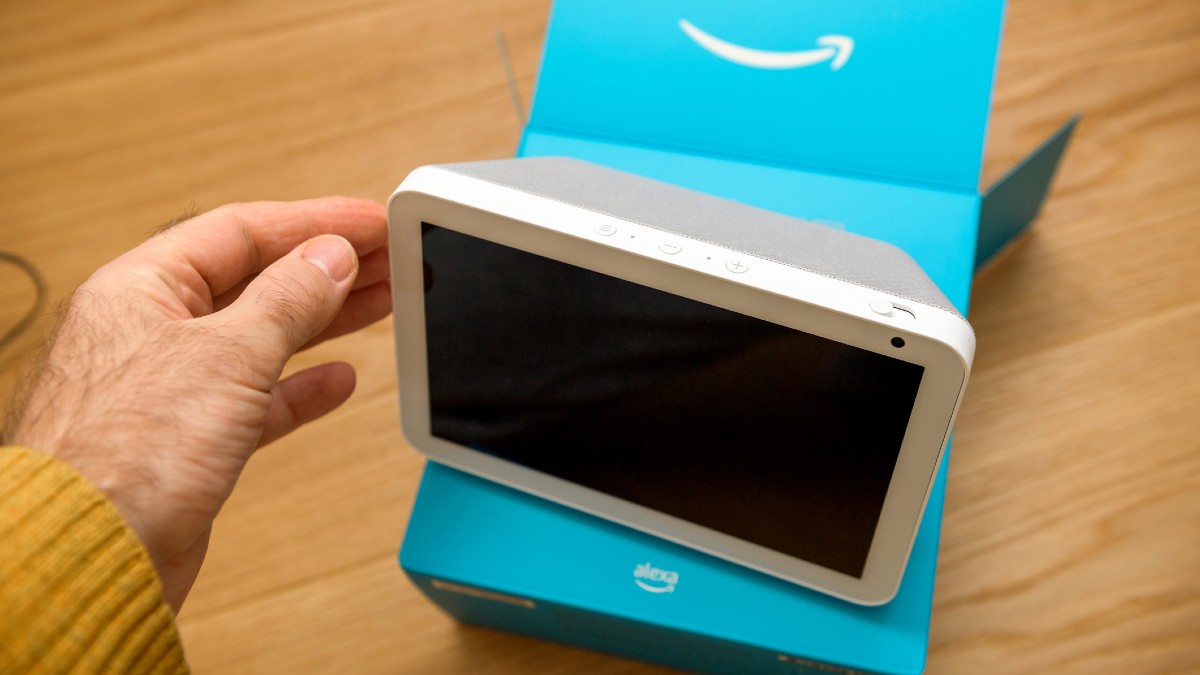
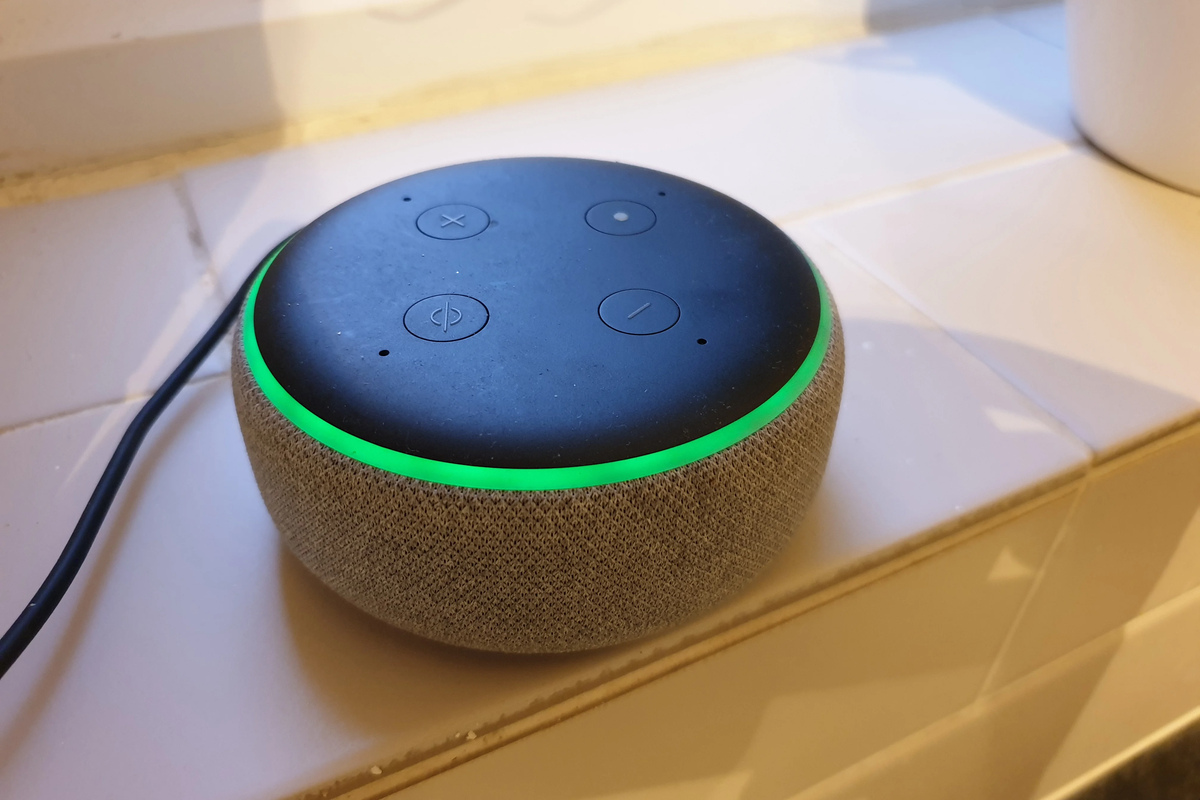




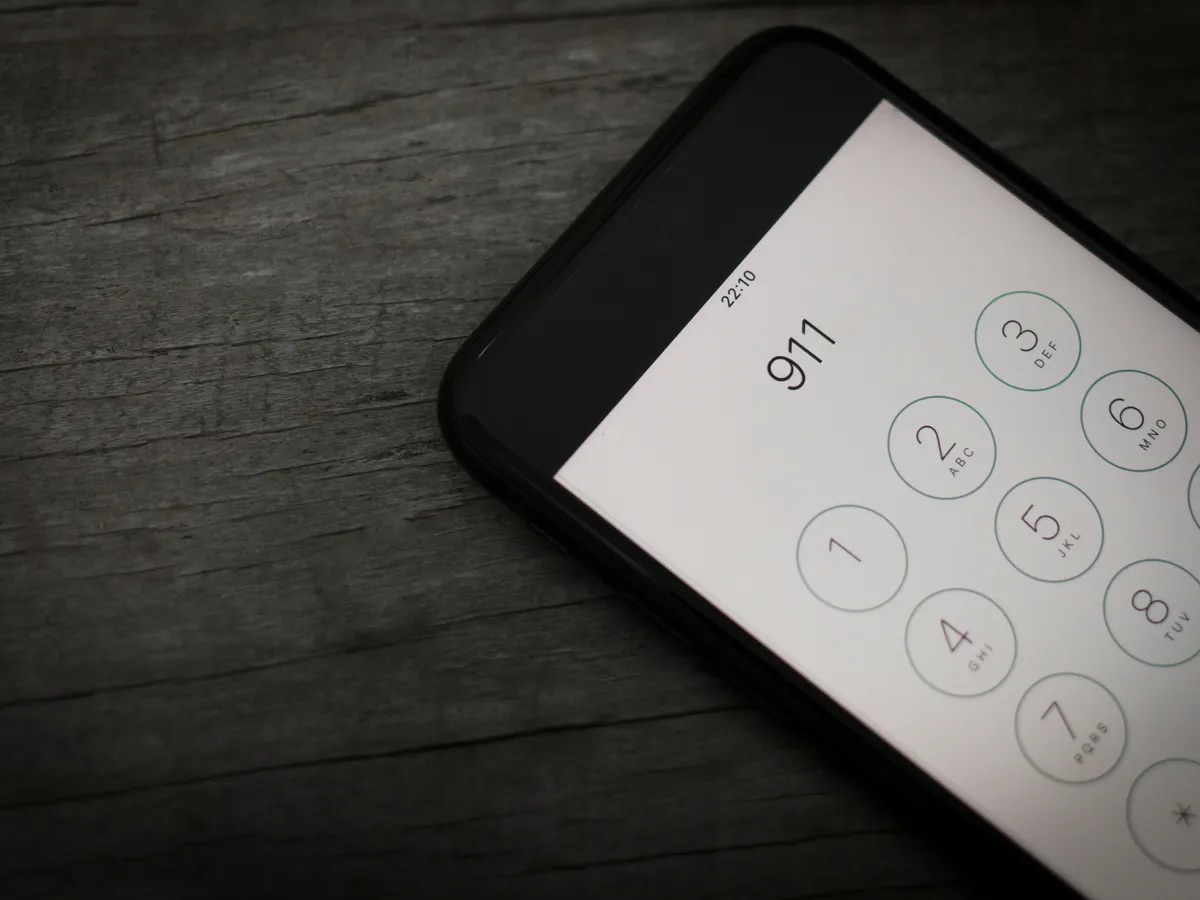
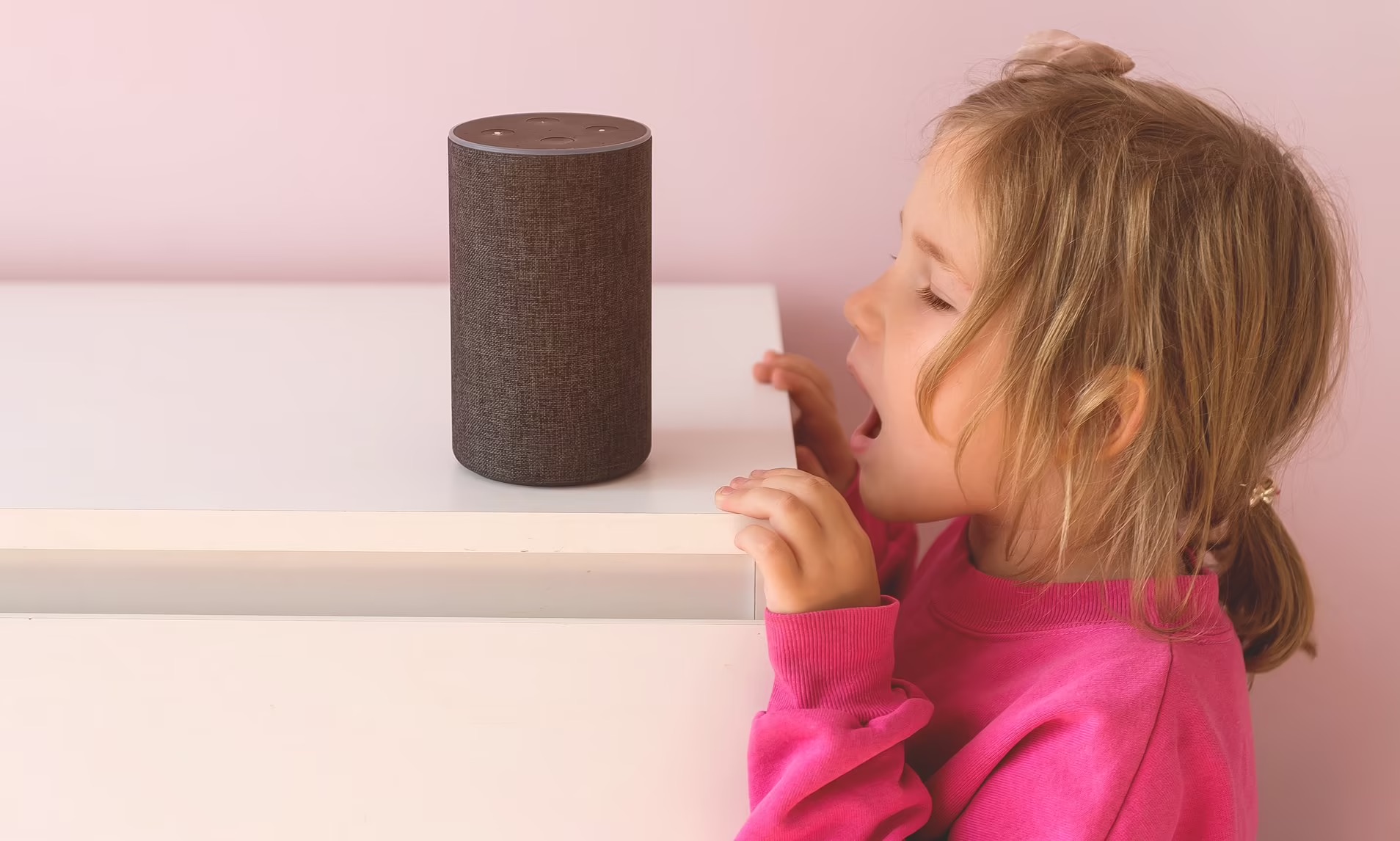
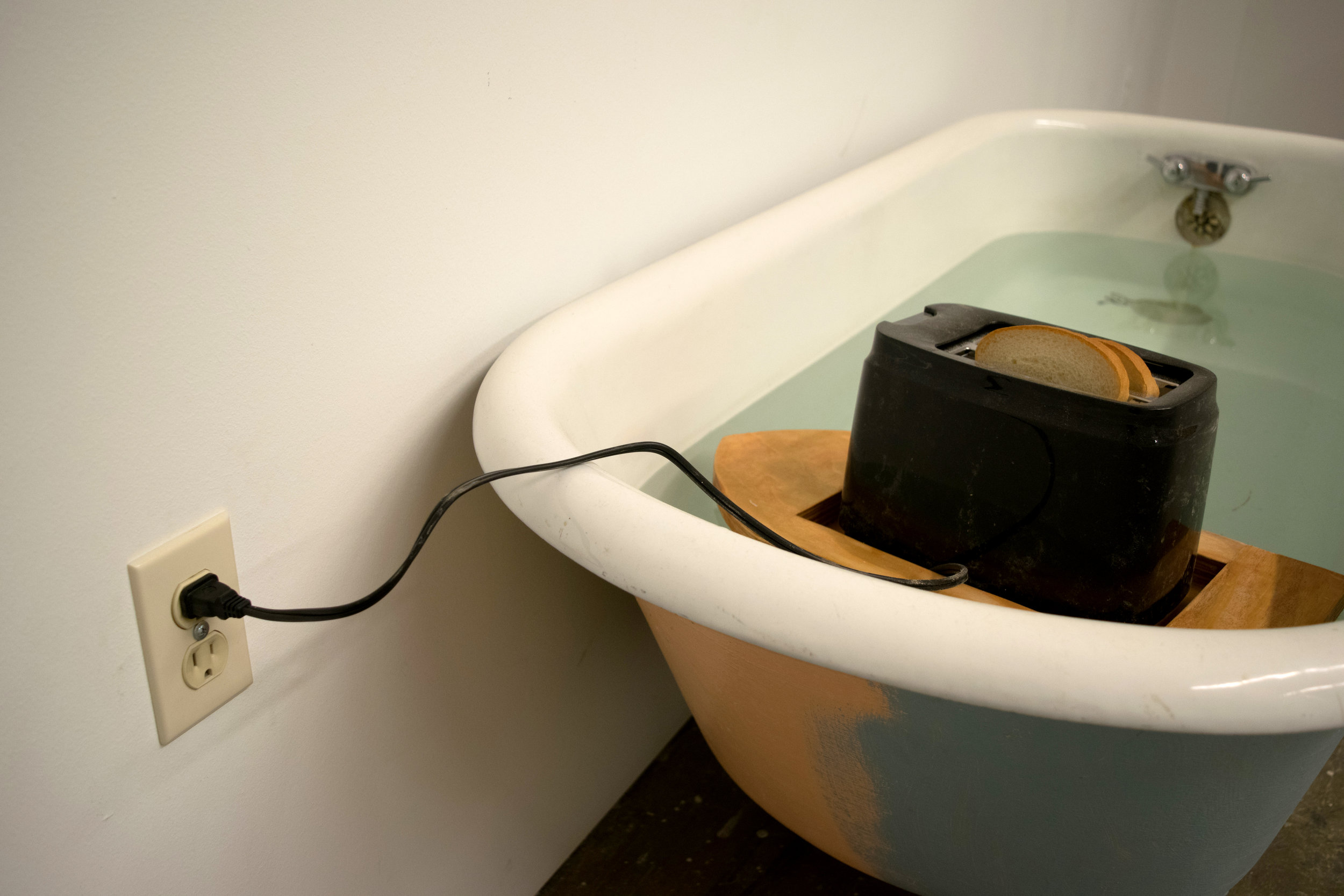


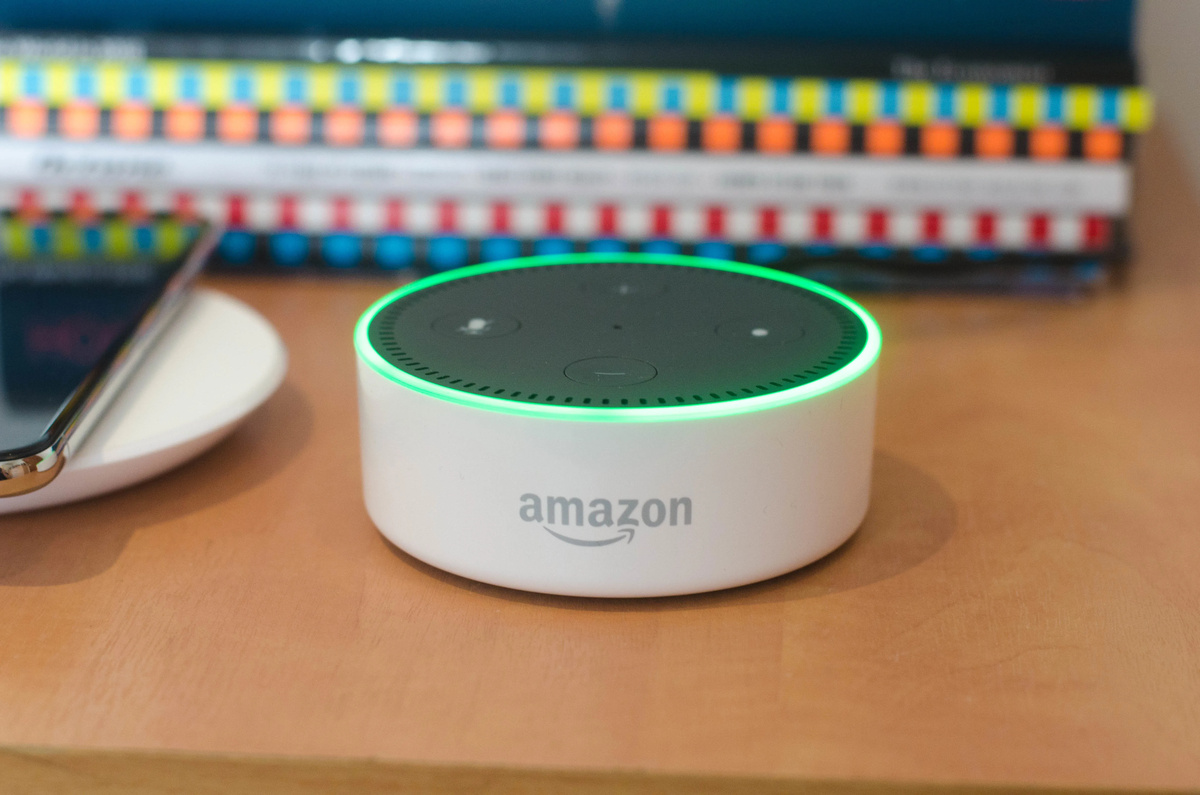



0 thoughts on “What Happens When You Drop In On Alexa”